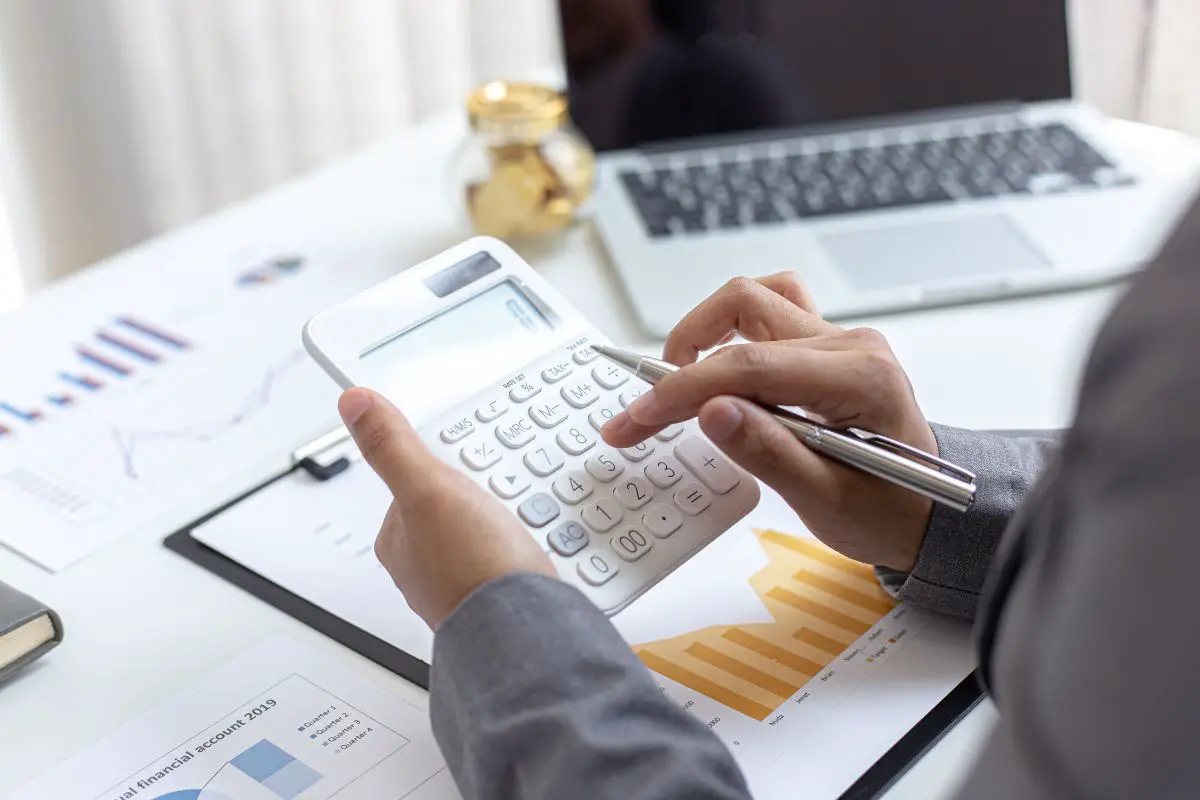If you are a small business owner looking to sell up and find a new challenge, then you may be confused about how the process works. The first question you need to ask yourself is, how much is my business worth?
Businesses as with many products are worth as much as a buyer is willing to pay. However, this doesn’t help when it comes to the valuation process. Getting the right price for your business can impact the next chapter of your life so it’s important that it is as accurate as possible.
In this article, we will go over everything you need to know about selling a small business in this comprehensive guide.
![How Is A Small Business Valued [Selling Your Business 101] How Is A Small Business Valued [Selling Your Business 101]](https://www.business101.online/wp-content/uploads/2022/11/How-Is-A-Small-Business-Valued-Selling-Your-Business-101.jpg)
What Is A Business Valuation?
A business valuation is an analytical process of determining the current or projected worth of a company. A professional will do this by looking over a number of different elements of the company such as the management, how profitable it will be in the future, the assets, and so on.
Before selling, any owner of a business should ask themselves a few questions:
- How much is my business worth?
- If I can improve the value, how would I do this?
- Does the company have a good reputation?
- Why are you selling the business?
The answers to these questions may impact how much the business is worth. For example, selling a business because you are retiring or unwell can decrease its value as they will sense a need to get rid of it sooner rather than later.
What Influences The Valuation Of A Business?
Businesses have tangible and intangible assets which can influence the value of the business when it’s time to sell.
Tangible assets are assets with a finite monetary value and typically a physical form such as a building or machinery. Intangible assets, on the other hand, don’t physically exist but they still represent a value such as a patent, trademark, or copyright.
As mentioned above, a business’s reputation will impact how much it is worth. Similarly, the value of the customers a business has can also influence the value.
A company that has a solid, loyal customer base which is composed of many happy customers that are likely to return is a huge selling point for potential investors.
Companies receiving bad press are likely to be selling due to the loss of customers and due to having no other choice.
Occasionally, a company can be taken over by a new investor that vows to make changes and improve the image and reputation of the company. However, it is much harder to rebuild a customer base via this method.
The age of a business can also influence the profitability of selling a small business (see also ‘How Much Can I Sell My Business For?‘). A start-up for example is more likely to be making a loss during the first few years of trading.
Is this going to be a selling point to buyers? Does the company have the potential to become profitable?
Some investors may want a small business that is already making a profit and is well established to guarantee they can continue to make money (see also ‘10 Best Options For Financing Your Small Business‘).
How Is A Small Business Valued?
There are a number of ways a small business can be valued, which takes into account the various tangible and intangible assets.
1. Multiple of Earnings
The price-to-earnings (P/E) ratio is the amount an investor can expect to invest in a company in order to receive that amount back in the company’s earnings aka profit.
This is a popular method to give investors a better sense of the company’s value and is also referred to as an earnings multiple.
The P/E ratio can be worked out using this formula:
Price / Profit = P/E Ratio
The inverse of this ratio is the return on investment. For example a P/E of 10, means the profit is 10% of the value. The higher this percent is, the more risk you can expect in the business. Smaller businesses have lower earnings multiples or PE ratios.
Knowing the earnings of a company is important as it shows how profitable the company is and may continue to be in the future. This ratio is used to signal that a company will provide a good return on investment. It also demonstrates how quickly you may get your investment back. If you invest $500,000 in buying a business, how quickly do you want that returned through company profits? The riskier and more volatile the earnings, the quicker you want to be paid back to reduce the risk of capital loss.

2. Discounted Cash Flow
Discounted cash flow is a method used to estimate the value of an investment based on the projected cash flows. This method tries to determine the value of an investment in the present based on how much money it could potentially earn in the future.
If a company isn’t predicted to make a lot of money in the future, why would someone want to invest in it? That being said, these predictions could be inaccurate and therefore a potential investor may miss out on a good opportunity.
3. Replacement Cost
Replacement cost simply refers to the price it would cost to set up a similar business to the one currently being valued. For example, if you are selling your business then you can work out the startup costs and how many tangible assets you have built up over the years.
If there are any other costs associated with running the business such as marketing efforts, staff salaries, or creating the products in the first place, these must also be calculated.
Once you’ve got a good idea of how much you spent to get your business off the ground, you can begin to analyze where you could’ve saved money or made better choices along the way.
These savings can be subtracted from the original figures to come up with a new entry cost and a form of valuation.
The entry cost valuation you come up with can be compared to the price you are selling your business for to get a more realistic idea of the figures.
4. Asset Valuation
Determining the current value of a business’s assets is known as asset valuation. This could be anything from property, trademarks, stocks, or machinery. There are different types of business assets such as current, fixed, and intangible that we mentioned earlier.
To calculate the value of tangible assets, the net book value must be calculated. The net book value is the value of the assets stated in the company accounts.
Values of these assets may change over the years so it’s important to adjust accordingly, as well as account for certain economic situations.
Calculating intangible assets is slightly more complicated as they aren’t physical products, but they can be worth more. Using the market approach, you can value the assets based on market evidence such as what third parties have paid for similar assets.
The income approach can also be used, which equates the value of the asset to the potential future earnings. For example, a song that earns a lot of money in royalties when it is used will have a high-income value and will make it a more profitable asset.
Intangible assets often increase in value over time compared to tangible assets that show the opposite. As a result, intangible assets can be a better indicator of how valuable a company is and how much it can be sold for.
The Bottom Line
Before selling a business, it is important that you are aware of how much it’s worth to avoid making any risky mistakes and losing money. Although determining the value of your business may seem like a difficult task, a professional chartered account can help you with this.
